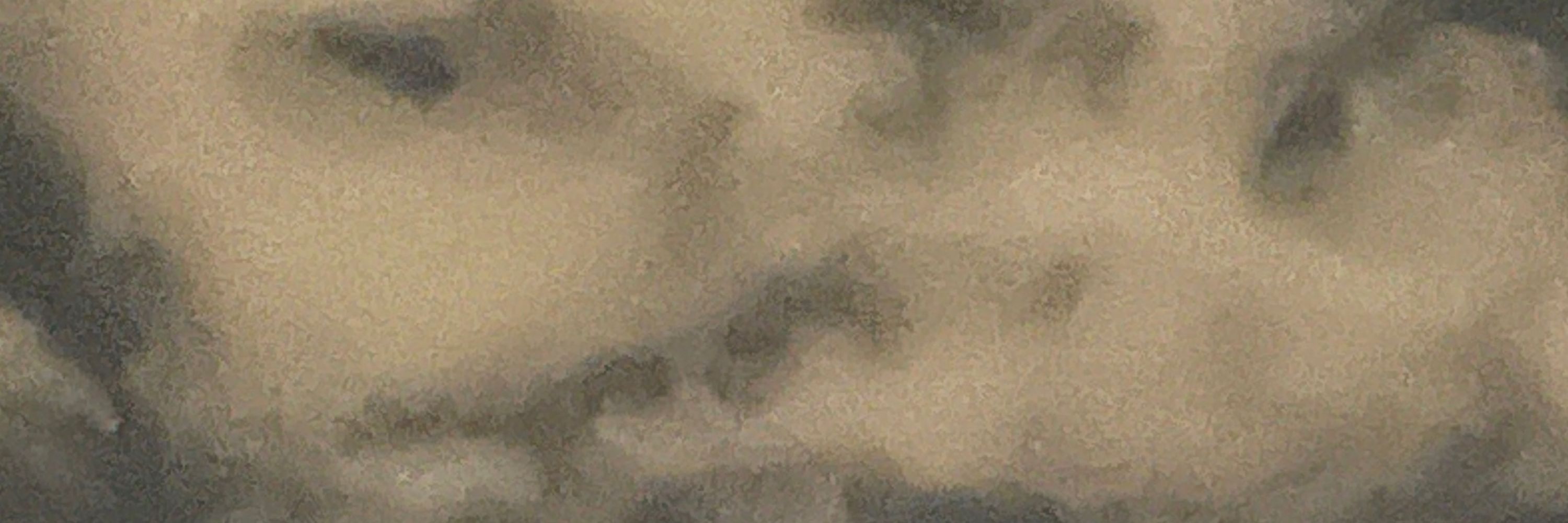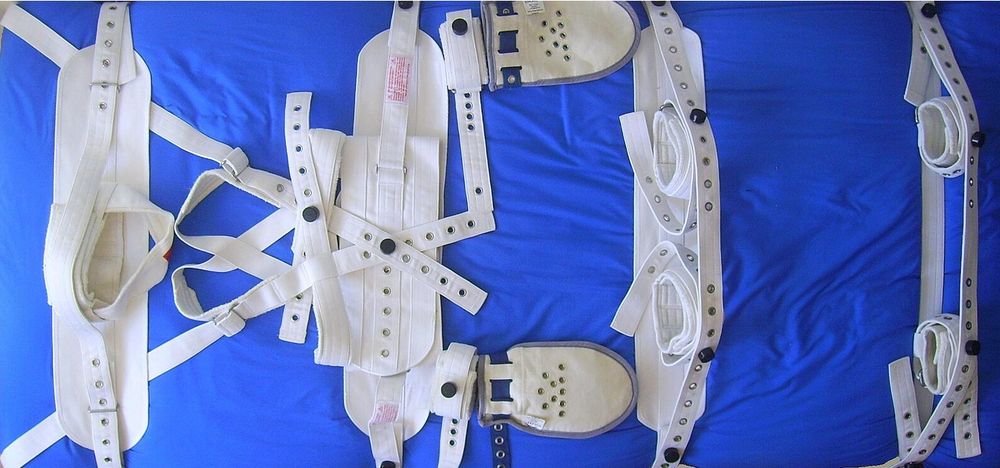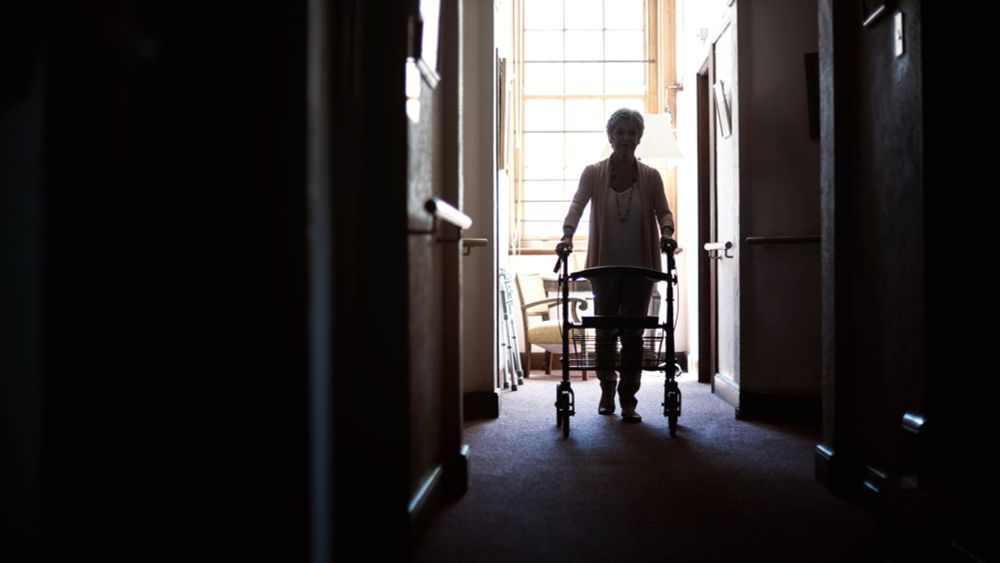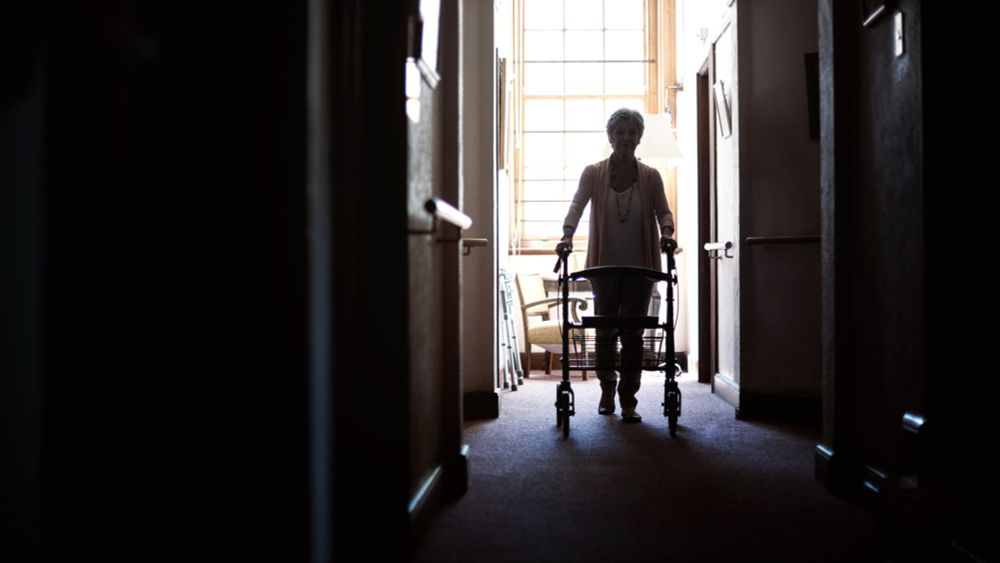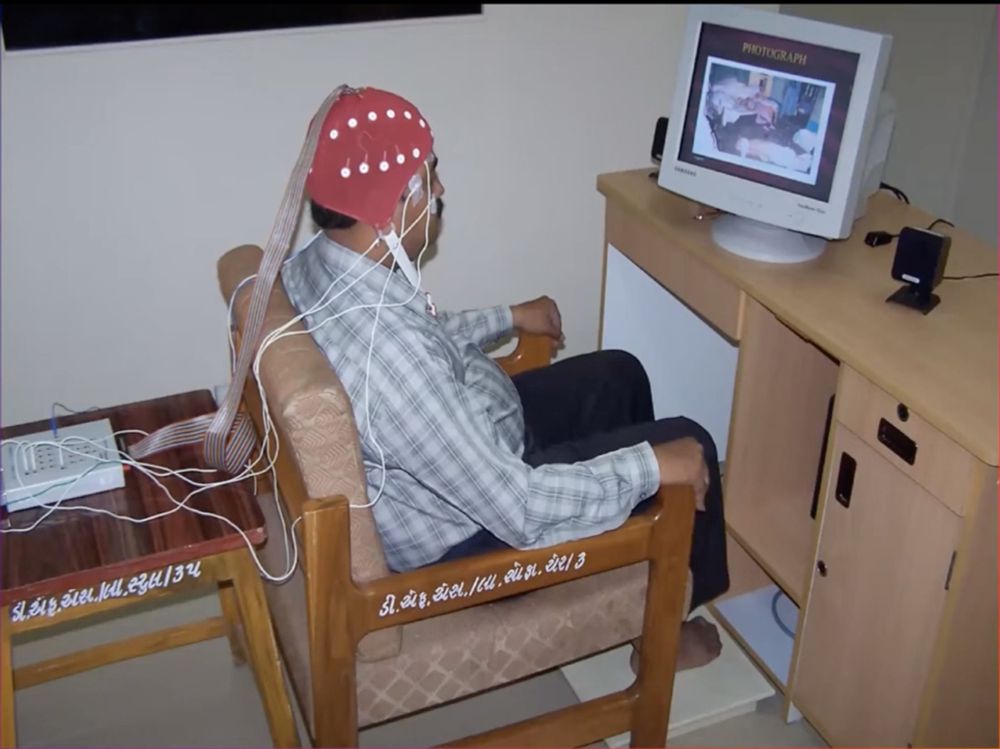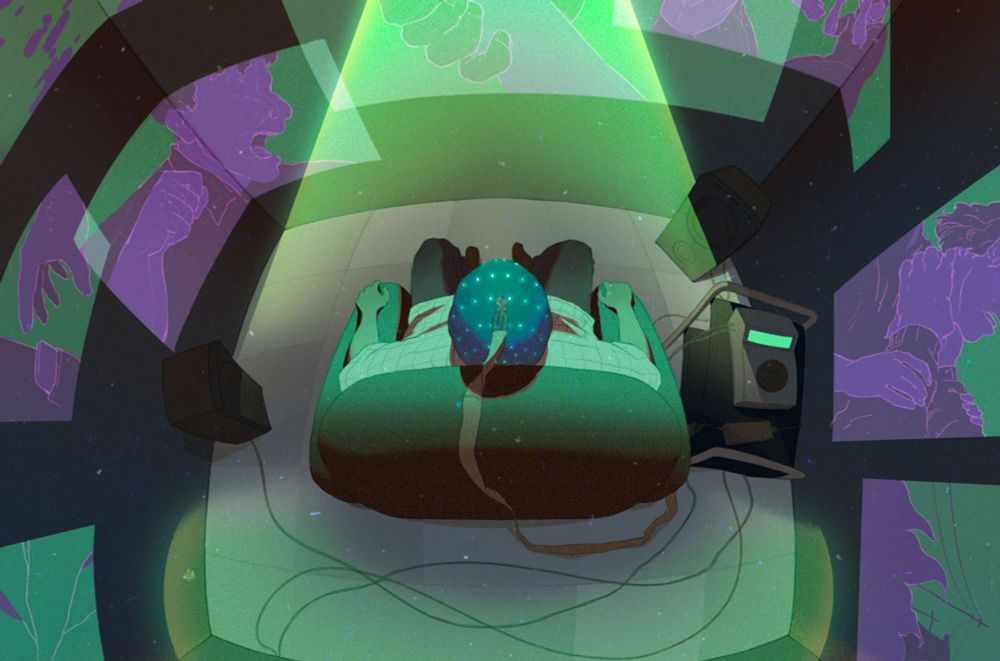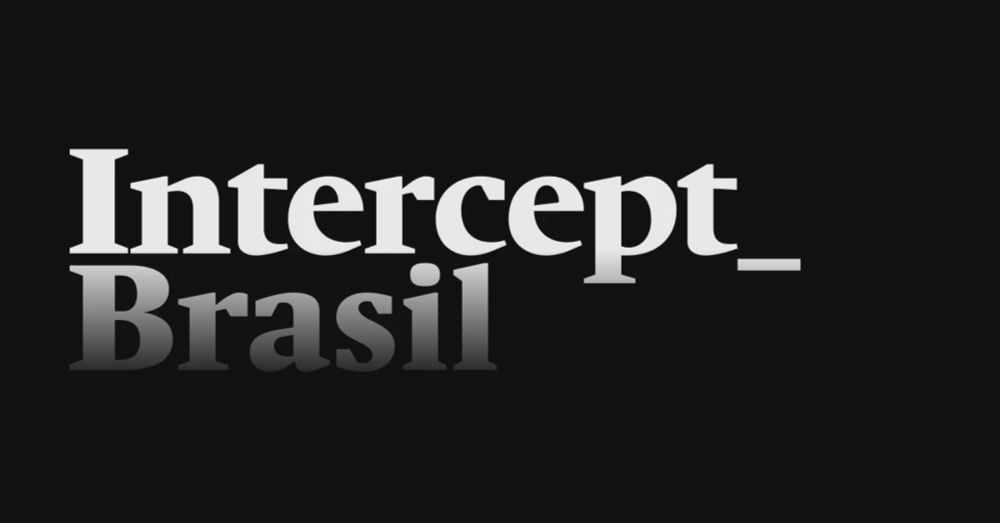Jonathan Moens
@jonathanmoens.bsky.social
66 followers
68 following
34 posts
independent investigative journalist
[email protected] for tips
Signal available upon request
jonathan-moens.com
Posts
Media
Videos
Starter Packs
Pinned
Jonathan Moens
@jonathanmoens.bsky.social
· Jul 28
Jonathan Moens
@jonathanmoens.bsky.social
· Jul 28
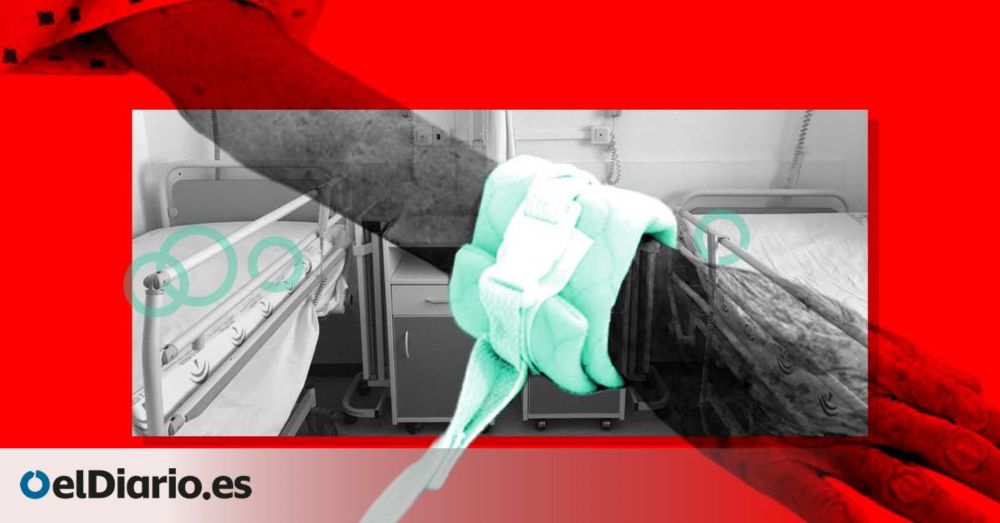
Atar a los mayores: muchas residencias siguen sujetando a personas, a pesar de la falta de base científica
Aunque la legislación las reserva como último recurso por el riesgo de daño, las sujeciones en centros de mayores son más rutinarias de lo esperable: los profesionales explican que a veces no hay más ...
www.eldiario.es
Jonathan Moens
@jonathanmoens.bsky.social
· Jul 28
Jonathan Moens
@jonathanmoens.bsky.social
· Jul 28
Jonathan Moens
@jonathanmoens.bsky.social
· Jul 28
Jonathan Moens
@jonathanmoens.bsky.social
· Jul 28
Jonathan Moens
@jonathanmoens.bsky.social
· May 19
Jonathan Moens
@jonathanmoens.bsky.social
· May 19
Jonathan Moens
@jonathanmoens.bsky.social
· May 19
Jonathan Moens
@jonathanmoens.bsky.social
· May 19
Reposted by Jonathan Moens
Bellingcat
@bellingcat.com
· May 7

Unmasking MrDeepFakes: Canadian Pharmacist Linked to World’s Most Notorious Deepfake Porn Site - bellingcat
Double life: open source investigation reveals Canadian hospital pharmacist's links to MrDeepFakes, the most notorious deepfake porn website in the world.
www.bellingcat.com
Jonathan Moens
@jonathanmoens.bsky.social
· Mar 12
Jonathan Moens
@jonathanmoens.bsky.social
· Mar 12
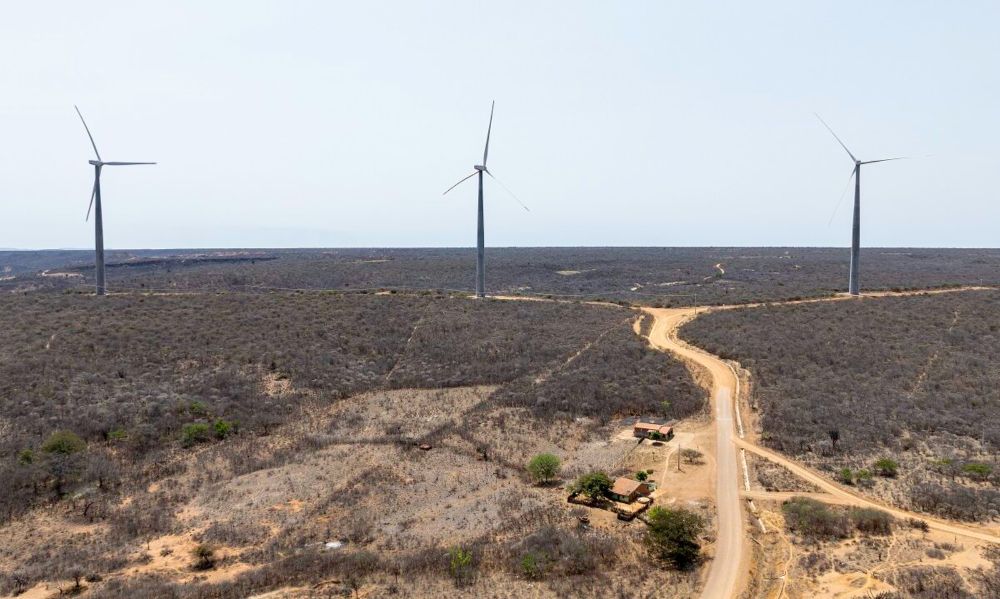
Brazil communities accuse companies of ‘green grabbing’ for wind energy
Jeane Da Gama Costa, 42, grew up in Umburanas, a small municipality of Bahia, in northeastern Brazil. Her family raised cattle for meat and grew crops like beans, corn and watermelon. It was a quiet a...
news.mongabay.com
Jonathan Moens
@jonathanmoens.bsky.social
· Mar 12
Reposted by Jonathan Moens
Michael Klingler
@mklingler.bsky.social
· Mar 12
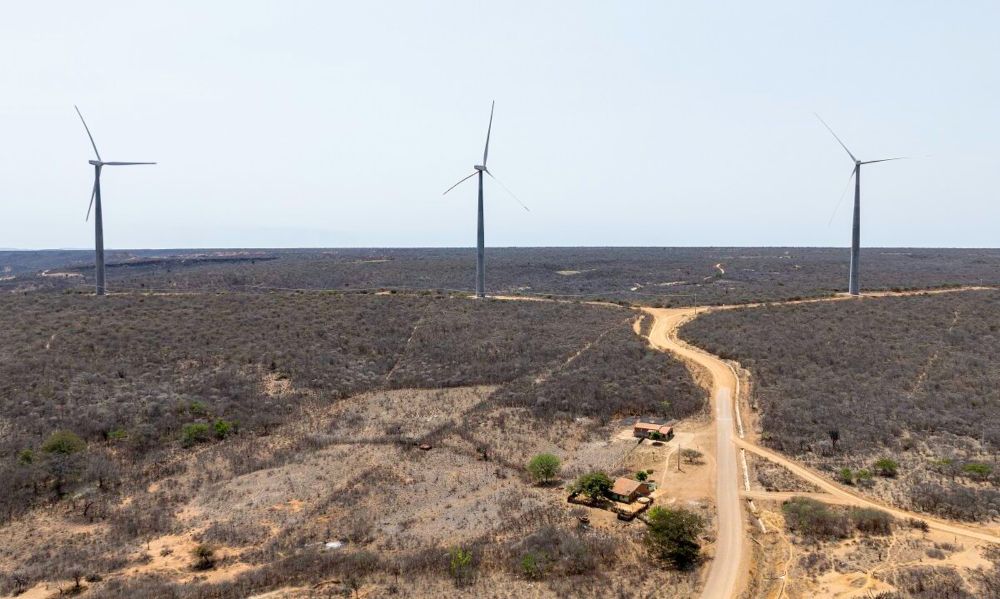
Brazil communities accuse companies of ‘green grabbing’ for wind energy
Jeane Da Gama Costa, 42, grew up in Umburanas, a small municipality of Bahia, in northeastern Brazil. Her family raised cattle for meat and grew crops like beans, corn and watermelon. It was a quiet a...
news.mongabay.com
Jonathan Moens
@jonathanmoens.bsky.social
· Mar 12
Jonathan Moens
@jonathanmoens.bsky.social
· Mar 12
Jonathan Moens
@jonathanmoens.bsky.social
· Mar 12
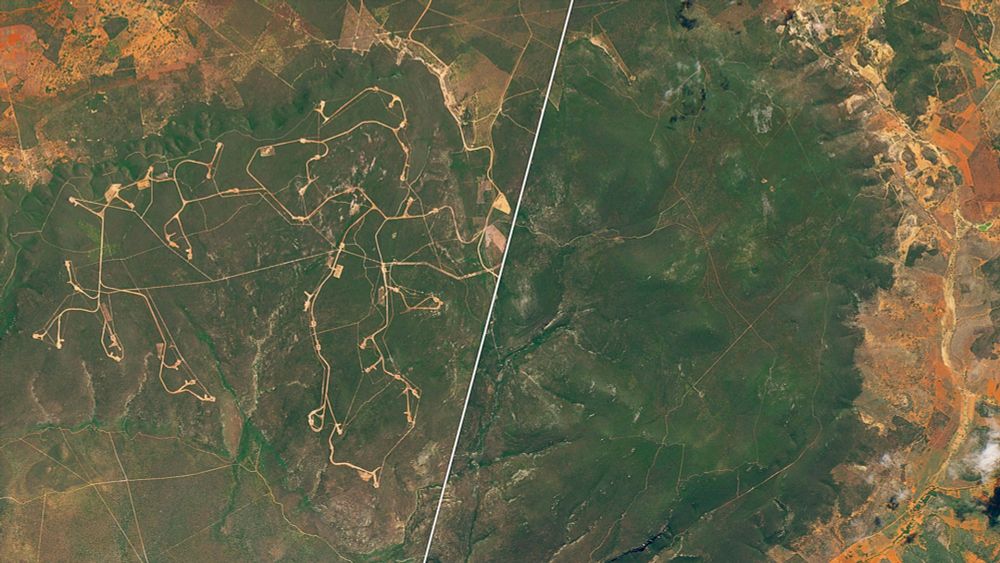
La corsa alle terre per le rinnovabili. Le strategie di Enel in Brasile
Enel Green Power è diventata una delle più grandi aziende di rinnovabili in Brasile. Tuttavia, ha raggiunto questa posizione in parte appoggiandosi a società locali, accusate in diversi casi di land g...
irpimedia.irpi.eu
